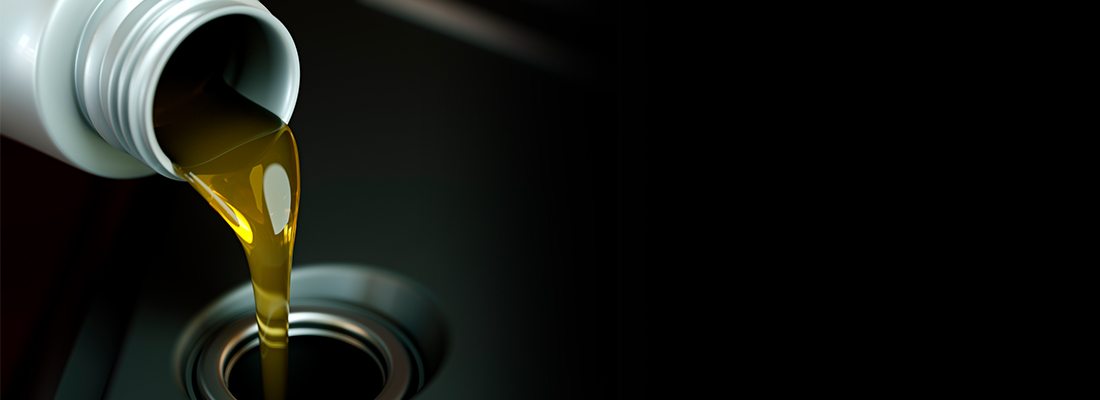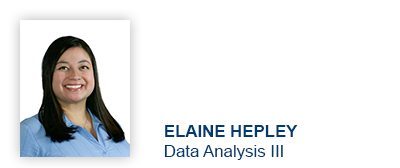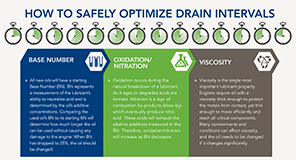Testing Confirms When To Extend Recommended Drain Intervals

As engine oil manufacturers continue to develop new products designed to be stronger and last longer, some also are recommending drain intervals. Original equipment manufacturers also specify drain intervals and qualify oils for use in the equipment they sell. In both instances, it is important to recognize these recommendations may not be all inclusive of every operating condition or every application in which the oil might be used. For more information and clarification, please contact one of our data analysts.
How do you know an oil manufacturer’s recommended intervals will protect your equipment? Will the oil last as long as they say it will in your operating conditions? Could it last longer?
Yes, no or maybe! Only testing in-service fluids can answer that question. Combining the manufacturer’s specifications with laboratory results and recommendations from certified data analysts is the best way to safely optimize drain intervals, minimize wear and preserve equipment health.
What tests are needed to safely extend drain intervals?
An Advanced Mobil test package is required to safely extend drain intervals. This test package examines the three main fluid properties – base number (BN), oxidation/nitration and viscosity – that assess the oil properties responsible for protecting equipment. Tracking the values of these tests will alert you when a fluid is no longer capable of performing as expected until the next oil sample or drain.
Are there maintenance practices that will help me extend drain intervals?
When extending drains, the most important maintenance activities are to replenish depleted fluid properties, continue changing filters and monitor contamination/wear levels. If possible, replenish depleted additives or sweeten with new oil as needed. Filters are vital to capturing contaminants, so continue changing oil filters if it doesn’t require draining the sump. Finally, make sure to continue oil analysis testing at the old drain interval in order to monitor contamination levels to determine if the extended exposure to contaminants harms the equipment.
Learn more about tracking BN, oxidation/nitration and viscosity to ensure you’re safe.
Learn more about starting an oil analysis program with POLARIS Laboratories®.

Proven Impact. Proven Uptime. Proven Savings.
Let us prove it to you.




